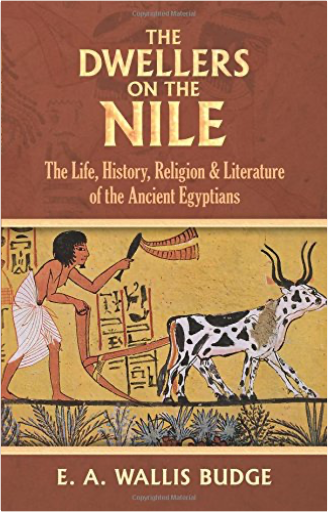 The Dwellers on the Nile: The Life, History, Religion and Literature of the Ancient EgyptiansSir Ernest Alfred Thompson Wallis Budge The Dwellers on the Nile: The Life, History, Religion and Literature of the Ancient EgyptiansSir Ernest Alfred Thompson Wallis Budge In addition to his 40-year career at the British Museum, Sir Ernest Alfred Thompson Wallis Budge was a prolific and popular author who specialized in books on ancient Egypt. The Dwellers on the Nile remains among the most comprehensive and readable histories of daily life in ancient Egypt, covering the Egyptian family and school; furniture, jewelry, food and drink; society, work, and play; Egyptian religion and its numerous gods, temples, and priests; Egyptian writing — hieroglyphic, hieratic, demotic, and Coptic; literature, medicine, astrology, and alchemy. The book concludes with an exploration of practices related to burial of the dead and beliefs concerning the afterlife. 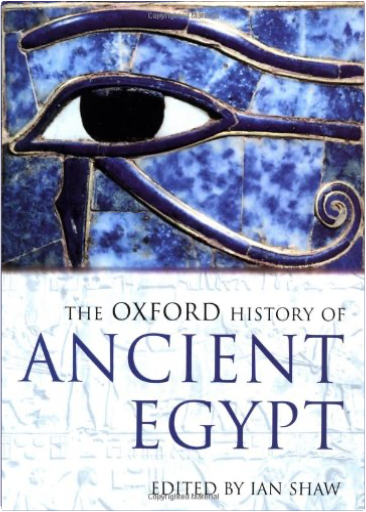 The Oxford History of Ancient EgyptIan Shaw The Oxford History of Ancient EgyptIan Shaw Blending vividly written essays and over a hundred attractive illustrations—including 32 color plates—The Oxford History of Ancient Egypt is a stunningly designed and authoritative account of the once glorious civilization on the Nile. 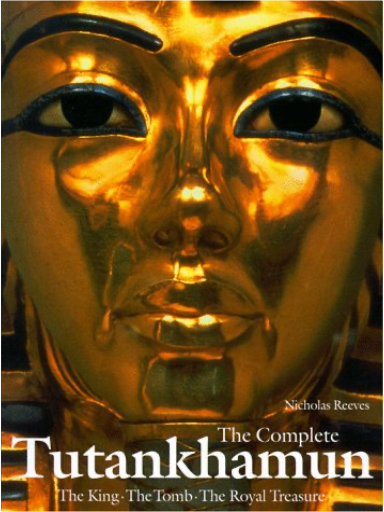 The Complete Tutankhamun: The King, the Tomb, the Royal TreasureNicholas Reeves The Complete Tutankhamun: The King, the Tomb, the Royal TreasureNicholas Reeves The tomb of Tutankhamun, with its treasures, has exerted a hold over the popular imagination ever since its discovery in 1922. This book is a detailed and comprehensive account of this great archaeological discovery. The story of the boy-king, buried in splendour at the height of Egyptian civilization; the determined quest for his tomb by Howard Carter and Lord Carnarvon; the unforeseen riches eventually revealed - these are important events in the history of archaeology. However, despite the publicity at the time of the discovery and since - made more intriguing by the linking of Carnarvon's early death with the legend of the pharoah's curse - it remains a story only partly told. Carter never produced a complete account of his excavations. The Tutankhamun exhibitions of the 1960's and 1970's generated a spate of books but none added significantly to what Carter had already published about the tomb. This book is a revealing account of the subject. 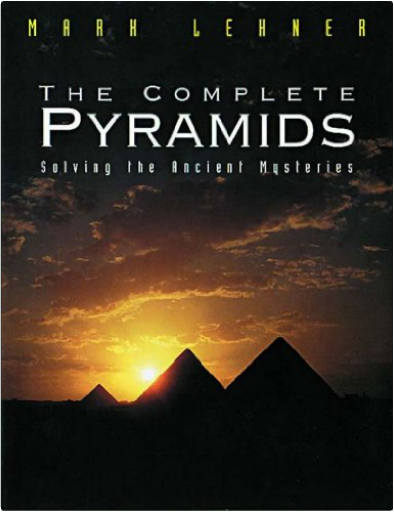 The Complete Pyramids: Solving the Ancient MysteriesMark Lehner, Richard H. Wilkinson The Complete Pyramids: Solving the Ancient MysteriesMark Lehner, Richard H. Wilkinson For centuries the pyramids have inspired passionate theories about their origins, purpose and method of construction. In this fully work on the major pyramids of Ancient Egypt, the author surveys the history, building and use of the pyramids. He examines both the practicalities and logostics of their construction and their conceptual aspects - their cosmology and iconography and their intriguing texts. Other features include accounts of the latest discoveries by international teams working on the pyramids; discussion of the latest theories; chronology and history of Egypt and the pyramids; maps and site plans; a guide to visiting; computer generated perspective views of the interior of the pyramids; and quotations from ancient texts, early explorers and archaeologists. 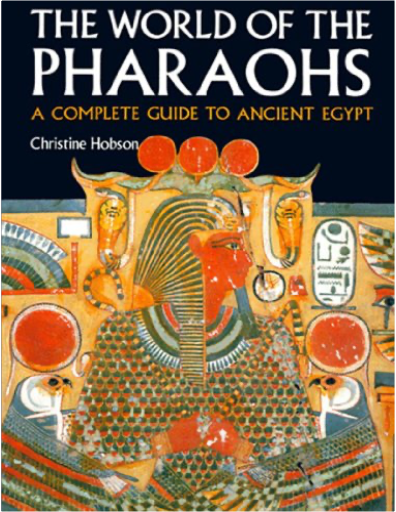 The World of the Pharaohs: A Complete Guide to Ancient EgyptChristine Hobson The World of the Pharaohs: A Complete Guide to Ancient EgyptChristine Hobson Christine Hobson's invaluable guide to the history, people and archaeology of ancient Egypt has now been reprinted again. Illustrations, charts, chronoolgies support the detailed and informative discussions about many of Egypt's most important sites and archaeologists, all aimed at helping the visitor to make the most from their visit. An enthusiastic foreword by T G James from the British Museum praises Hobson for providing ` the information and confidence which will make a visit to Egypt a truly enriching experience'. Full of colour pictures and attractive tinted drawings. 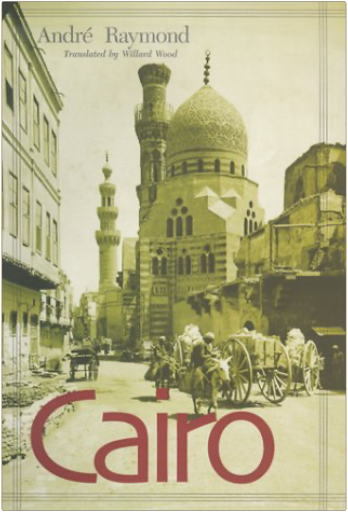 CairoAndré Raymond CairoAndré Raymond Gaze toward the Nile from the desert hills of Mukattam, and the vast city of Cairo unfolds before you, with its monumental architecture, teeming populace, and thousands of years of rich history. The extraordinary tapestry of Cairo's past and present comes vividly to life in this magisterial study by André Raymond, arguably the premier social historian of the Arab world. The most deeply observed and historically nuanced account ever given of the greatest Arab city of northern Africa, this book shows us Cairo from the glimmer of its beginnings in the Arab conquest of Egypt in 640 through its transformation into the modern center of Middle Eastern life today. Here are the Fatimids, the Mamluks, and the Ottomans, the invasions, dynastic changes, and religious conflicts that one after another altered and shaped Cairo's destiny. And here, alongside rulers and religious leaders, are the merchants and artisans who have given Cairene life its distinctive character over time. Raymond depicts life in Cairo through the centuries, chronicling the coming of European influence, the vagaries of social evolution, and the development of economic structure and urban design. His work reflects all facets of Cairo's historical and social reality, weaving commerce, politics, religion, and culture into a finely worked portrait of the foremost Arab city on the continent of Africa. 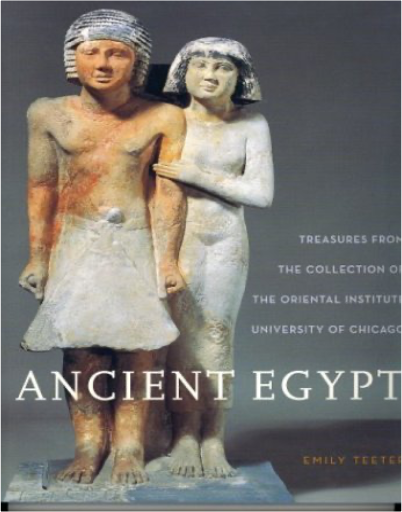 Ancient Egypt: Treasures from the Collection of the Oriental Institute (Oriental Institute Museum Publications (Paperback))Emily Teeter Ancient Egypt: Treasures from the Collection of the Oriental Institute (Oriental Institute Museum Publications (Paperback))Emily Teeter This fully-illustrated catalogue offers highlights of the Egyptian collection at the Oriental Institute of the University of Chicago. A brief history of the collection is followed by a catalogue of seventy-seven objects, which date from the early third millennium BC to the eighth century AD. Many of these objects have not been previously published. The artefacts include statues, stelae, tools, games, clothing, coffins, figured ostraca, and papyri; each item is described, and its function and symbolism are discussed. Brief texts are translated. Appendices give museum registration numbers, provenance, and bibliographies. 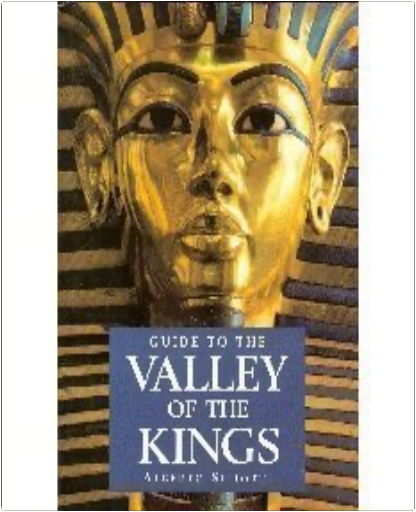 Guide to the Valley of the KingsAlberto Siliotti Guide to the Valley of the KingsAlberto Siliotti The Valley of the Kings and the tombs of the Pharaohs are, together with the Pyramids of Giza, among the best-known and most-visited archaeological site in the world. Their extraordinary conditiona dn beautiful decoration has led to their classification as a World Heritage Site. This book describes and illustrates each tomb, the archaeological structures and the decorations of the temples. 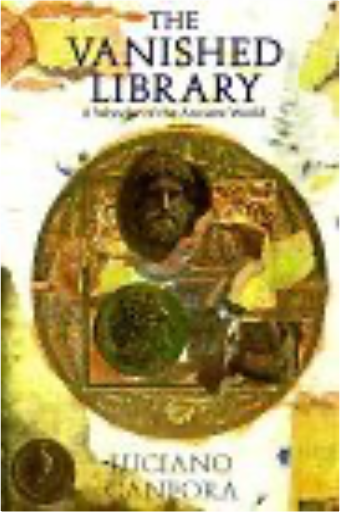 The Vanished Library: A Wonder of the Ancient WorldLuciano Canfora The Vanished Library: A Wonder of the Ancient WorldLuciano Canfora The Library of Alexandria, one of the wonders of the Ancient World, has haunted Western culture for over 2,000 years. The Ptolemaic kings of Egypt—successors of Alexander the Great—had a staggering ambition: to house all of the books ever written under one roof, and the story of the universal library and its destruction still has the power to move us. 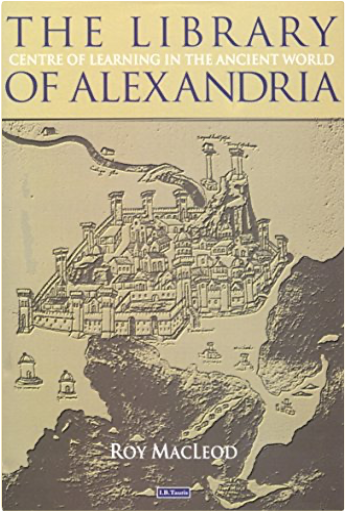 The Library of Alexandria: Rediscovering the Cradle of Western CultureRoy MacLeod The Library of Alexandria: Rediscovering the Cradle of Western CultureRoy MacLeod The Library of Alexandria was one of the greatest cultural adornments of the late ancient world. It contained thousands of scrolls of Greek, Hebrew and Mesopotamian literature, as well as art and artifacts of ancient Egypt. This book brings together a distinguished array of scholars to bring this great institution—tragically destroyed—back to life. 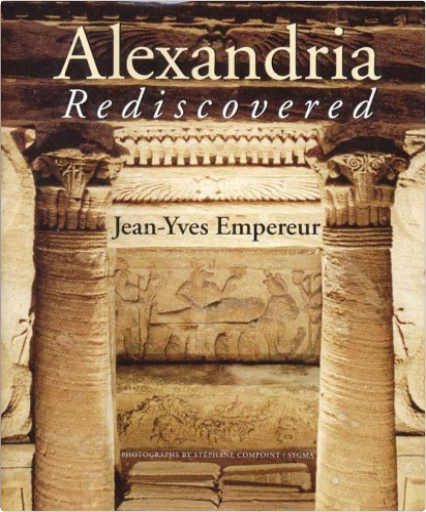 Alexandria RediscoveredJean-Yves Empereur Alexandria RediscoveredJean-Yves Empereur The last ten years have seen some of the most remarkable archaeological discoveries ever made in Alexandria, the legendary Egyptian city founded by Alexander the Great in 331 B.C. Presented here is a full account of these extraordinary finds and of the exciting expeditions that led to their discovery. Located on the northwestern end of the Nile River Delta, Alexandria was the greatest of Hellenistic cities and was a major center of Jewish and Christian culture. Athens' equal and political rival to Rome, Alexandria awed ancient travelers with its wealth, size, and cultural prestige. But unlike Athens and Rome, practically no visible trace of this splendid city remains, and, despite over a hundred years of archaeological efforts, the results have generally been considered meager. Recent excavations, however, have yielded an unexpected wealth of information. Directed by the French archaeologist Jean-Yves Empereur and conducted with the most modern methods, these digs have greatly enriched our knowledge of the art and architecture of Alexandria and of the lives and living conditions of its inhabitants. 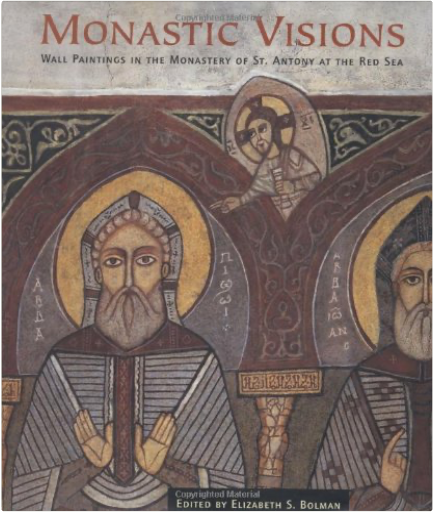 Monastic Visions: Wall Paintings in the Monastery of St. Antony at the Red SeaElizabeth S. Bolman Monastic Visions: Wall Paintings in the Monastery of St. Antony at the Red SeaElizabeth S. Bolman An ancient church in the Coptic Monastery of St Antony at the Red Sea contains a unique cycle of 13th-century wall paintings. They constitute by far the most complete and best-preserved iconographic programme of Christian paintings to come from medieval Egypt. Ignored for centuries because they were covered with soot and overpainting, these compelling images have recently undergone conservation. This volume reproduces the cleaned paintings. It also describes and analyzes the amalgam of Coptic, Byzantine and Arab styles represented, and the social world of the artists that created the images. This book celebrates a unique program of conservation work conducted by the American Research Centre in Egypt. |
 Made with Delicious Library
Made with Delicious LibraryDenver, CO zipflap congrotus delicious library Tolva, John
